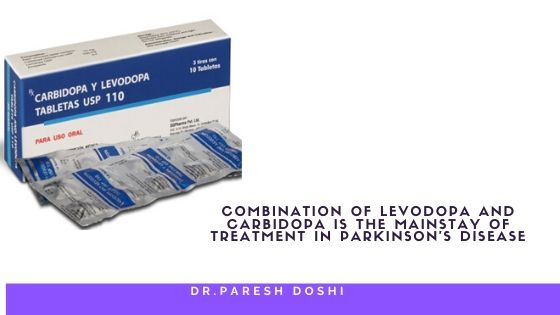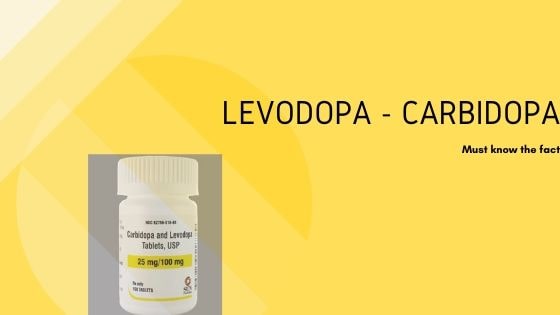The selection of medication and their dosage is tailored to each individual patient. In deciding the treatment, the physician considers factors such as the severity of symptoms, the patient’s age, and the presence of other medical conditions.
No two patients will respond identically to any particular drug, so this process involves experimentation with different drugs, persistence, and patience. As the disease progresses, drug dosages may have to be altered and a combination of drugs can be given.
A combination of Levodopa and Carbidopa is the mainstay of treatment in Parkinson’s disease. Levodopa is rapidly converted into dopamine, by the enzyme dopa decarboxylase, which is present in the central and peripheral nervous system, however much of the levodopa is metabolized before it reaches the brain.
Carbidopa blocks the peripheral metabolism of levodopa i.e. in the liver and increases the amount of levodopa that reaches the brain.
Levodopa is most effective in treating bradykinesia and rigidity, less effective in reducing tremor, and very less effective in relieving problems with balance.
Side effects include nausea, low blood pressure (hypotension), and abnormal movement’s i.e. dyskinesias.
Slow dosage adjustment and taking medication with food can reduce these effects. Depression, confusion, and visual hallucinations are the side effects that may occur with these medications, especially in the elderly.



